Heading into the New Year is timely opportunity to take a step back and revisit the fundamentals of a good tax credit application. The quality of that application is important for three reasons: First, it demonstrates to the reviewing agencies that you know the program and what is important to them as they evaluate your […]
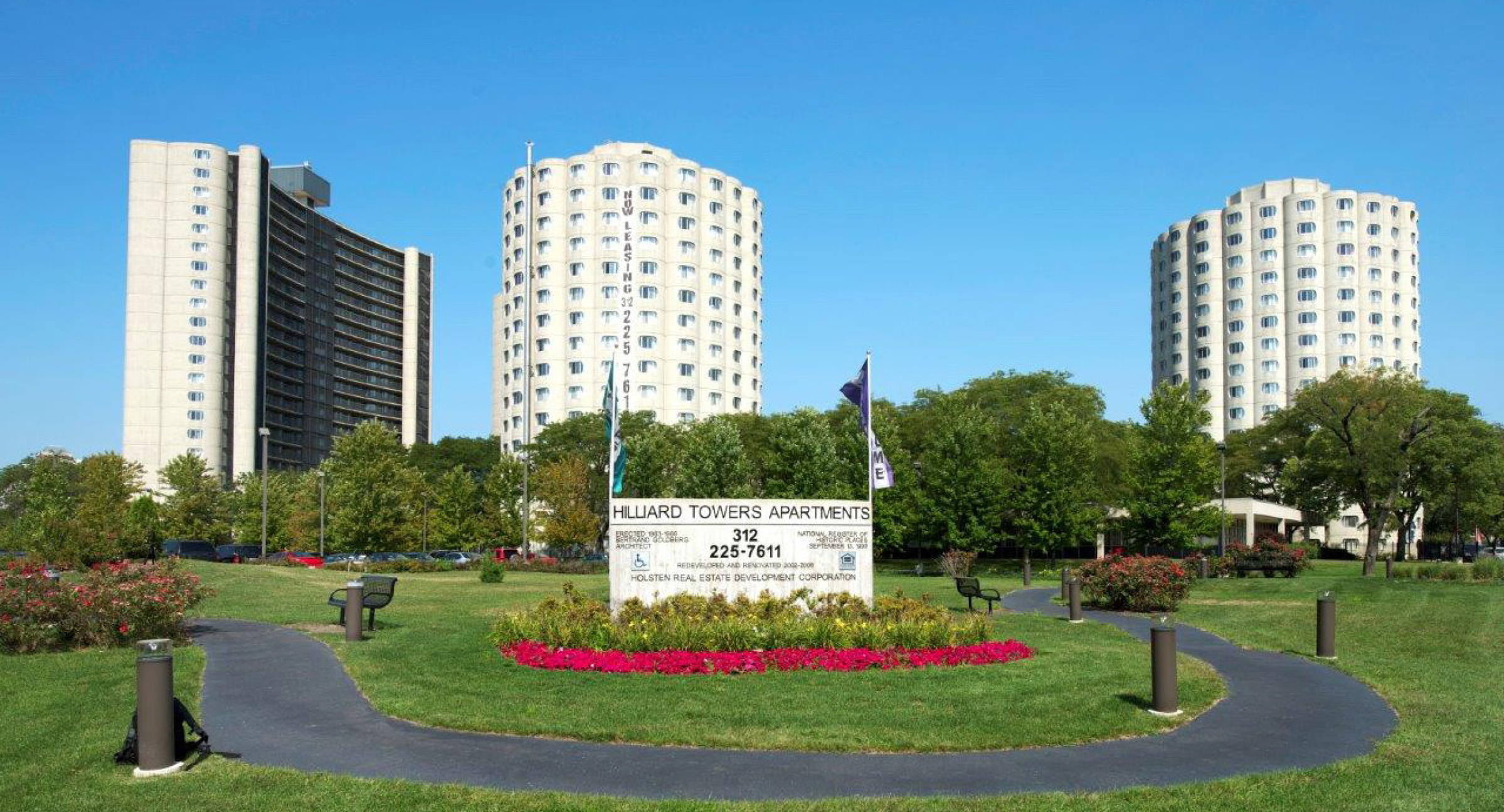
Brutalism: A New Frontier for Historic Tax Credits
Brutalism has long been viewed negatively in the architectural community as “monolithic” or “imposing,” but has come back into vogue as changing tastes redefine design. At the same time, many of these buildings, built in the late 1960s through the 1970s, are reaching the 50-year threshold for National Register historic designations; thus, are potentially eligible […]

Rehabilitating the So-Called ‘White Elephant’–How to Make a Challenging Project Succeed
When you visit a city, you’re bound to see all types of buildings: commercial, residential institutional and ecclesiastical. These come in all ranges of styles and sizes, depending on your location. In more than 30 years of being in the historic real estate redevelopment industry, I’ve seen many types of buildings rehabilitated using historic tax […]

Defining Character: What is a Character-Defining Feature?
In reviewing projects for historic tax credits (HTCs), the State Historic Preservation Office (SHPO) and National Park Service (NPS) evaluate proposed work under the Secretary of the Interior’s Standards for Rehabilitation (Standards). While the Standards are general in nature, there is published guidance to illuminate how the Standards are applied to projects.Essentially, the intent of […]
The Importance of Follow-Through in HTC Applications
Some developers look upon the historic tax credit (HTC) process as straightforward paperwork: Completing and submitting the Part 2 application; receiving approval from the National Park Service (NPS); and moving forward with the approved project, no longer in need of an HTC consultant.There are many projects where this approach has worked, but it is not […]
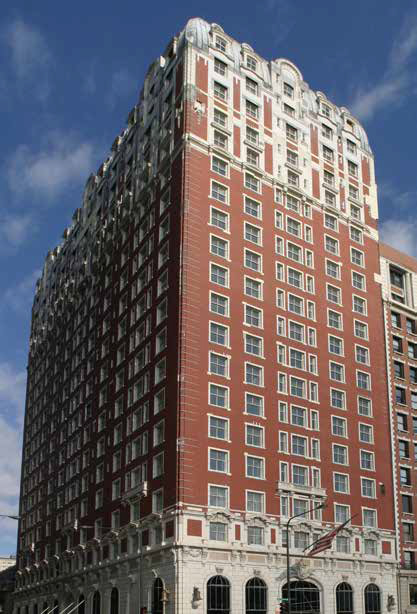
Hotel Branding and the Historic Tax Credit
Using historic tax credits (HTCs) and
successfully completing a hotel rehabilitation
project is a logical choice to cater to the
growing group of heritage-minded tourists. However,
these projects can pose a variety of challenges…
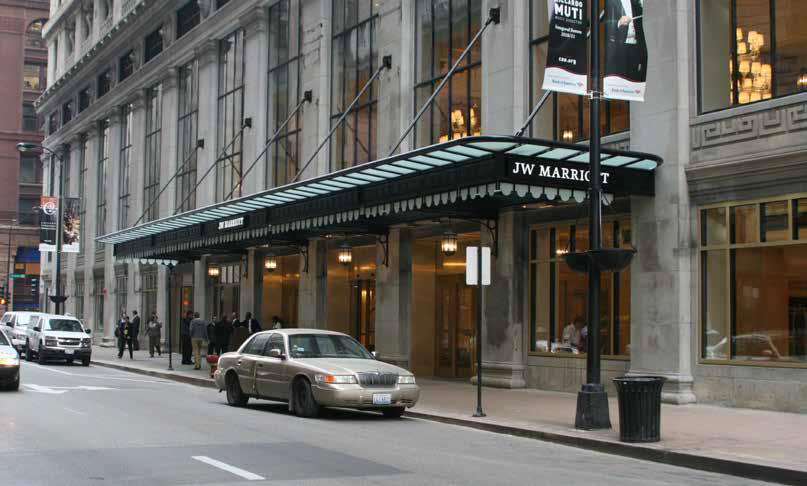
Successful Incorporation of Canopies in Historic Tax Credit Properties
Certain building types, including hotels and residential buildings, often use canopies in the design of the main entrances. Canopies create a transitional space for users of the building between the public street and the private space of the building. The adaptive reuse of such buildings, particularly for hotels or apartments, may benefit from the introduction […]

Finding the Significance in a Seemingly Insignificant Building
For a project of benefit from historic tax credits (HTCs), a building must be considered a “certified historic structure,” a path that isn’t always simple.
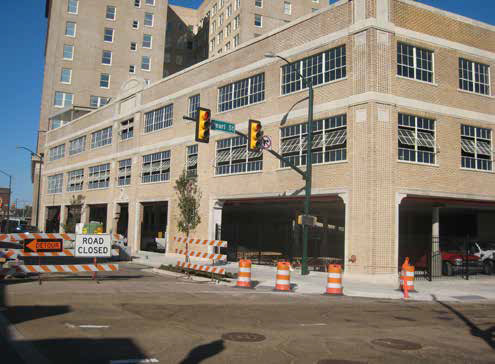
How to Make Parking Requirements Work with HTC Projects
While America’s love of the open road is legendary, it’s the utilitarian need to park our cars which has a greater impact when it comes to our buildings. While none of us were around, I’m sure one of the first questions after the awe of seeing Henry Ford’s Model T roll down Main Street was […]

Floor Plans: When do they Matter?
Successfully navigating the historic tax credit (HTC) process quite often is the result of anticipating a project’s challenges. Nothing derails a schedule and budget more than being caught off guard by unexpected conditions tied to the Part 2 review, particularly ones that return the project back to basic design development.
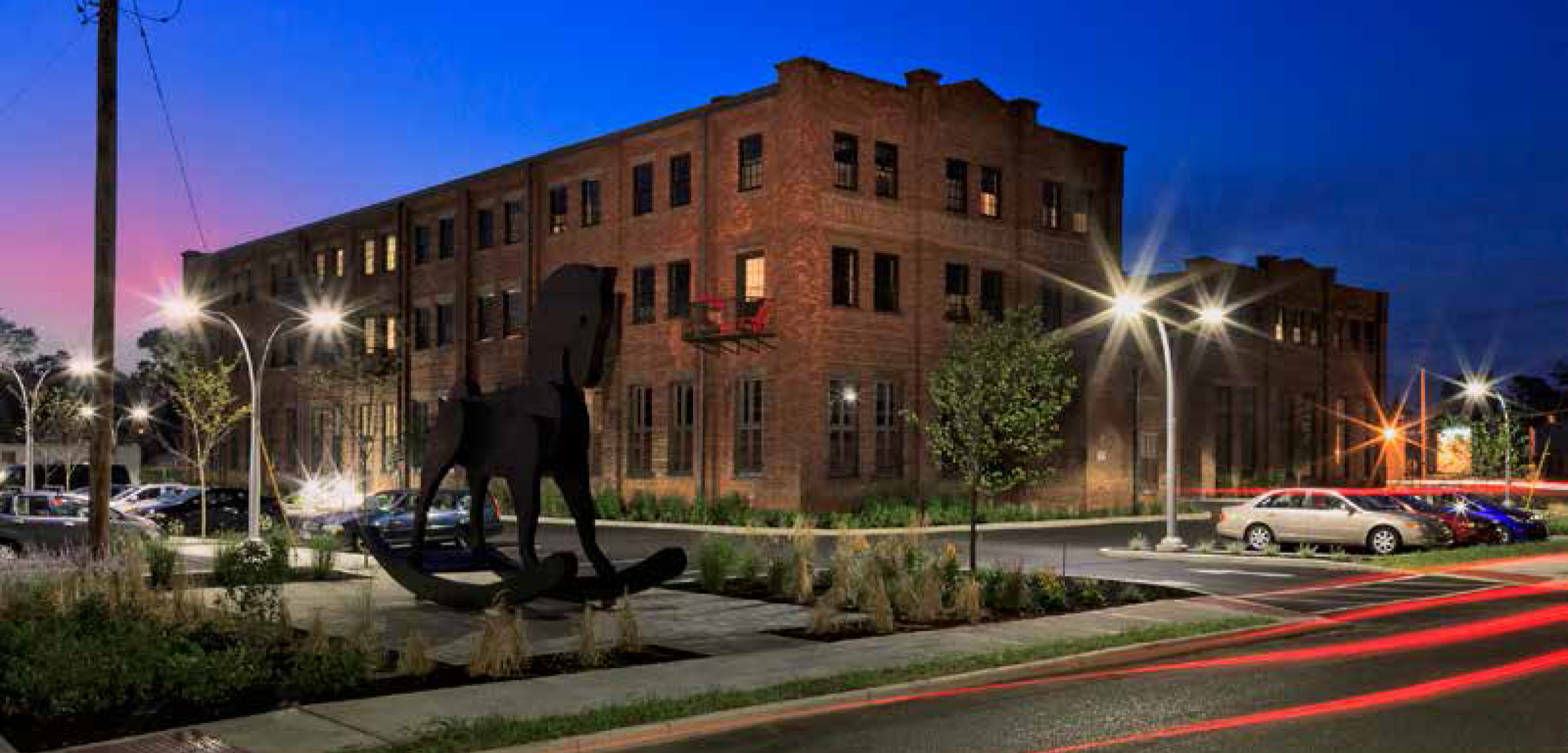
New Additions: Criteria for Designing Additions to Historic Buildings
Many historic tax credit (HTC) developments involve the construction of an addition onto a historic building to accommodate a proposed programmatic use. Construction of additions is often possible in a HTC project, so long as there is demonstrated need for an addition and provided the addition is designed in a manner that preserves the character of the historic building and is appropriate […]

State of the State…Historic Tax Credits
Happy New Year and welcome to 2016! It’s that time of the year when we make and break resolutions; when we take stock of the developments of the past year and look ahead to those in the year to come. In the spirit of the New Year, it seems appropriate to provide an update regarding […]







